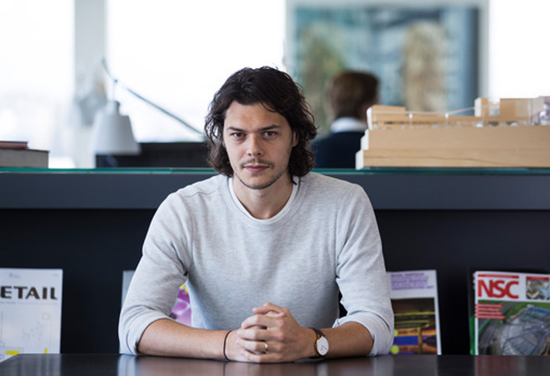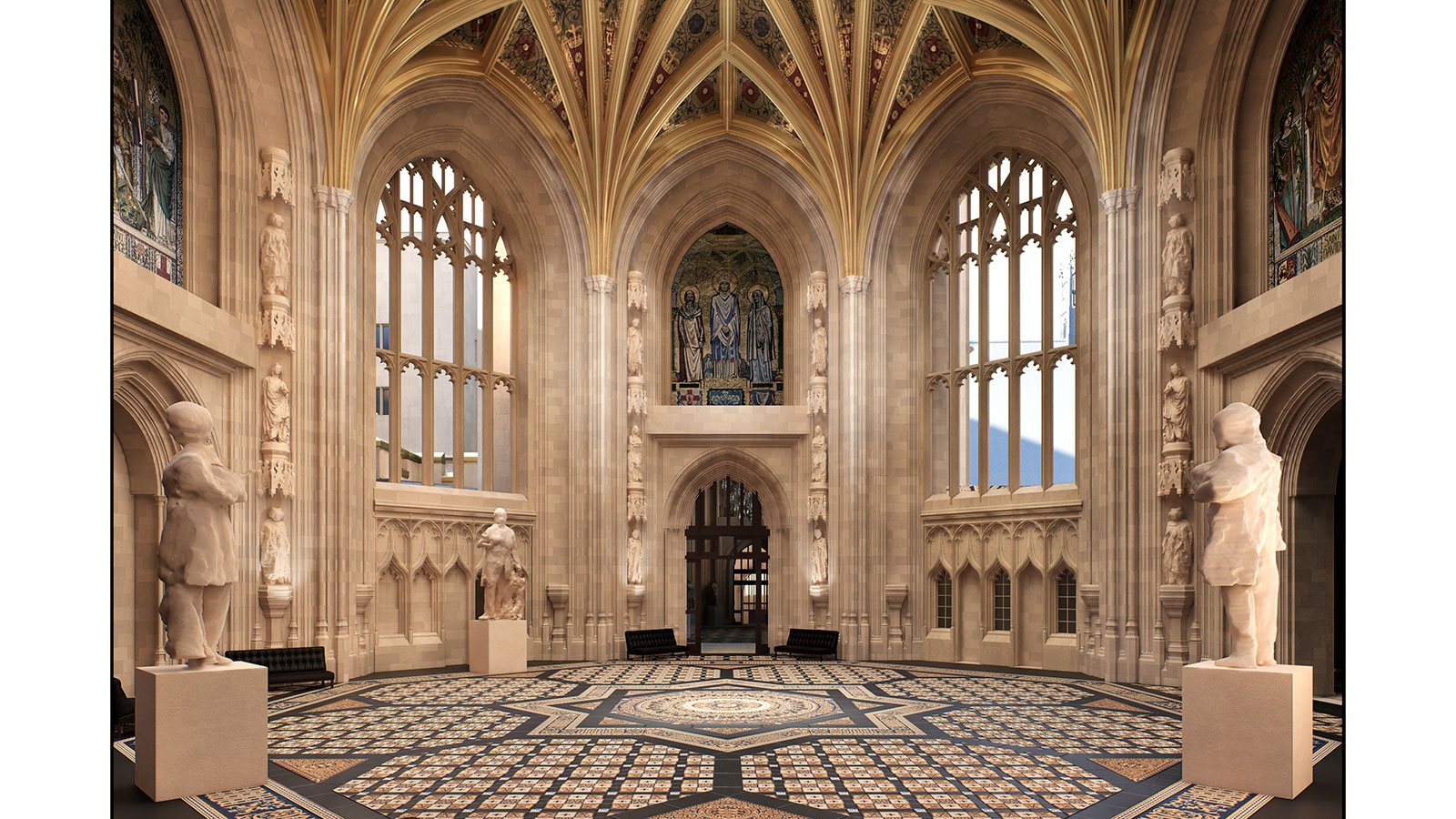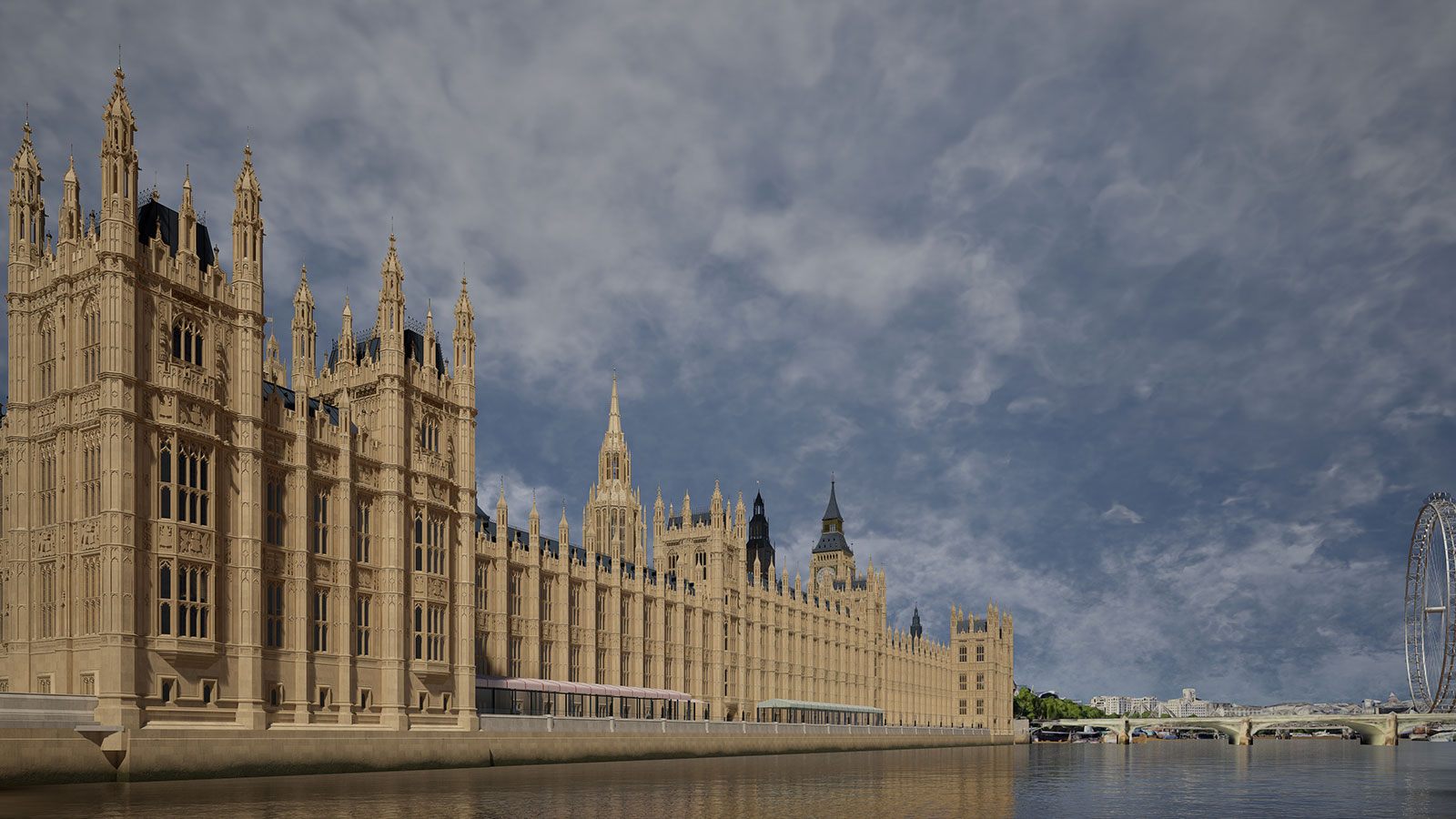#{Title}
#{Copy}

By Elliott Crossley, Digital Delivery Director.
Building Information Modelling as we know it has changed. It has shifted from being an effective alternative to 2D drawing production to a comprehensive tool, driving more data-centric, efficient design methods. As BIM technology becomes more mature, architects, engineers and designers are advocating for its adoption in all kinds of projects.
For example, real-time data and modern gaming design technology is being used to great effect to simulate and visualise design proposals. It is creating a rise in the production of ‘digital twins’ and for existing and heritage buildings, the benefits to programme, delivery and maintenance are huge.

At BDP, we’re helping the Houses of Parliament Restoration and Renewal programme (R&R) get on with the job of saving the home of our democracy for future generations by producing a digital twin of the Palace of Westminster whilst we also continue the major refurbishment works on the Northern Estate.
The challenge here is for companies like BDP and major design consultancies to apply new technologies to the heritage sector and to scale up its adoption.
Using Epic Games’ Unreal Engine and Twinmotion - software traditionally reserved for computer gaming - designers and engineers are able to plan and communicate more effectively. It also means they have the ability to incorporate augmented reality into project designs, assisting with not just the refurbishment programme in its design phase but the full project lifecycle through construction, operation and maintenance of the Palace. Virtual reality, for example, allows us to rehearse and optimise building services layouts for maintenance activities. This digitisation creates a much more collaborative environment and ultimately breeds a higher quality product. It makes the restoration and renovation plans more accessible for stakeholders and supply chain partners and ensures decisions are made that support innovative design and scheduling.
We have a dedicated visualisation team that specialises in creating virtual environments - adding triggers, automation or coding and managing consistency across the vast interdisciplinary project at the Palace of Westminster. Individual design disciplines; our architects and engineers, then use gaming software to generate the outputs required to engage clients. Being able to interact with a 3D model, which is properly rendered with accurate lighting, is a huge benefit in communicating a sense of place. We can work with stakeholders to move to specific viewpoints, virtually wander through the buildings, or run design scenarios in real-time. The technology also means non-technical users immediately understand what is being presented, without interpretation.

We were reminded of the importance of the digitisation of heritage sites after the fire at Notre Dame Cathedral in Paris. Fortunately, the cathedral was laser-scanned in 2015, and the BIM model that was created offers hope in the laborious task of restoring the landmark and recreating the timeless atmosphere the building offered.
The Natural History Museum also commissioned a BIM-ready 3D model, which is used for facilities management, project coordination and future design work. The Palace of Westminster is the next landmark to use this technology and it is being driven by a collaborative, interdisciplinary team of engineers, architects and now, game designers.
Essentially, the cutting-edge model will be critical in helping R&R to deliver significant cost saving benefits including reducing the need to be on site so minimising disruption, and helping establish the costs, timescales and full detail of the essential work needed to restore the Palace, which Parliament will be invited to endorse in 2023.
Restoring and renewing the Palace of Westminster will create thousands of new jobs and apprenticeships, while involving craftspeople and businesses from across the UK in a national effort. And as an industry, we are still searching for more people with the right skills to deliver digital project management and modelling. Architects and engineers are readily turning to people who have experience in design within the gaming industry to support their complex building and heritage refurbishment projects. It is a significant departure from usual recruitment methods but as the technology continues to develop, so must our ways of working.